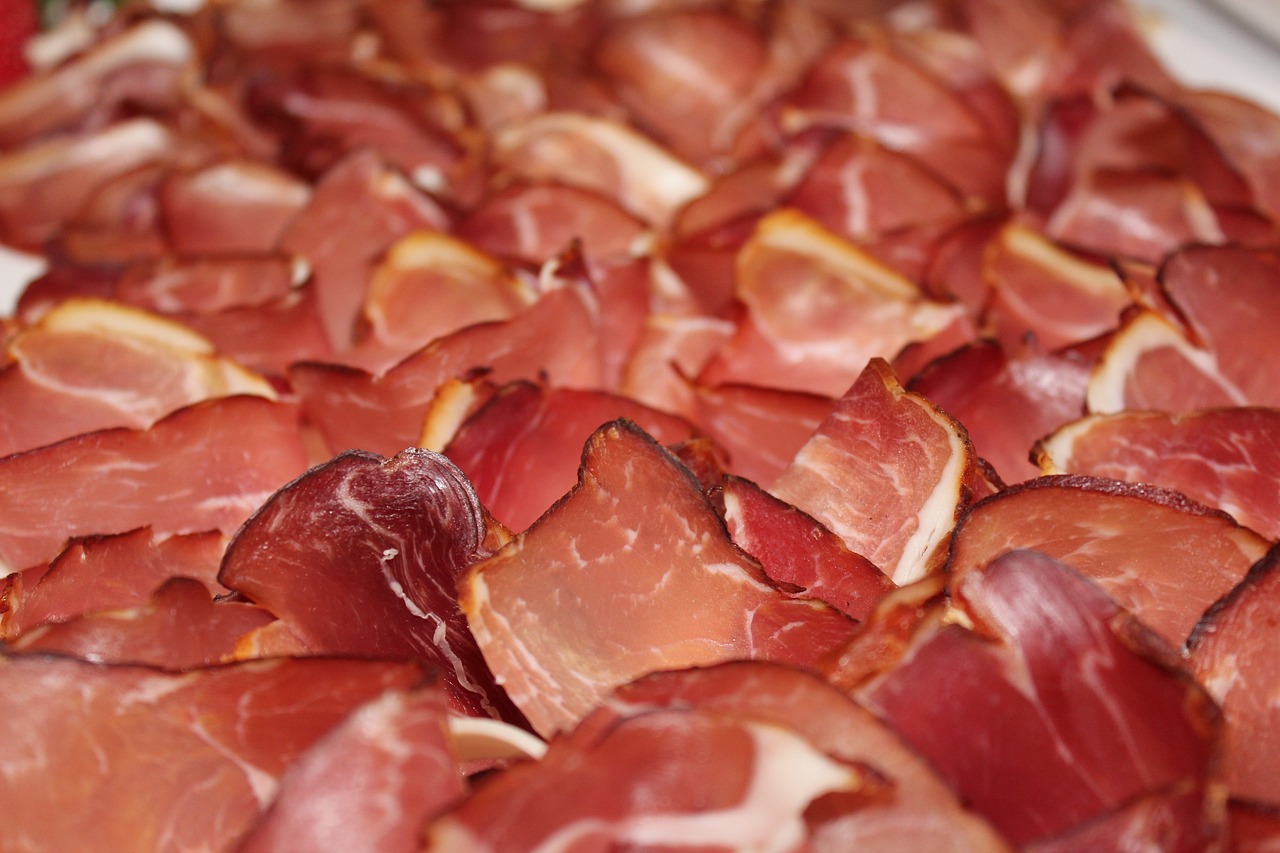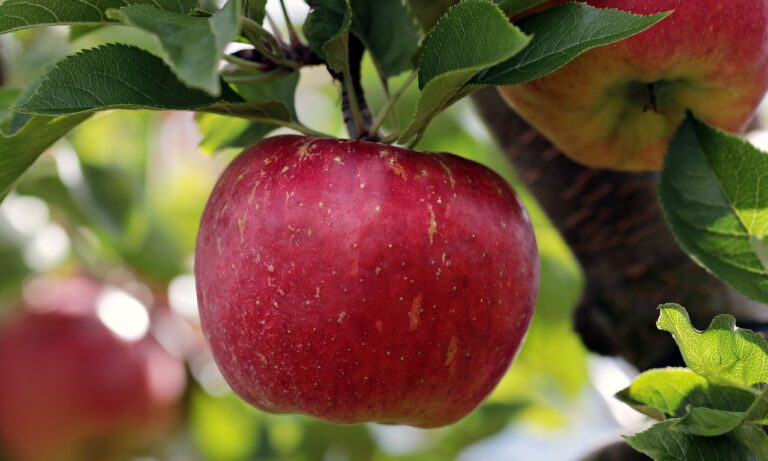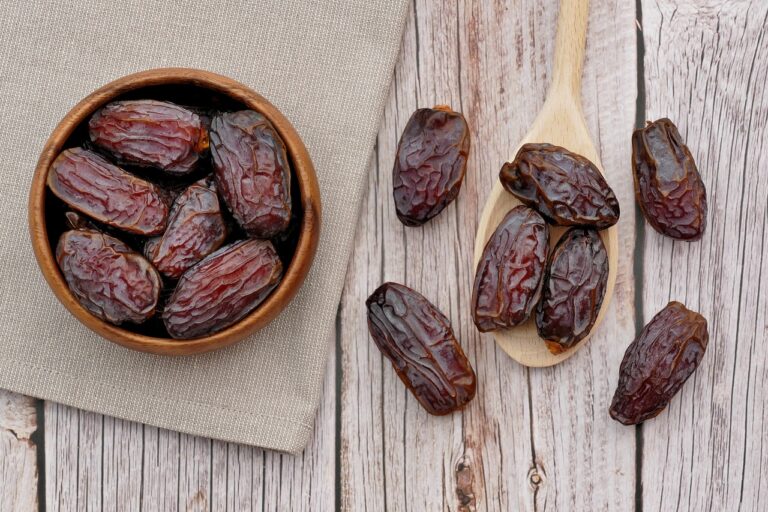10 Awesome Reasons Why You Are Craving Ham

Ham, a savory and versatile meat, is a staple in many diets around the world. Its rich flavor, satisfying texture, and culinary versatility make it a favorite among many. But what drives the intense craving for ham? Let’s explore the ten reasons behind this desire and uncover the factors that make ham such a sought-after delicacy.
Why Am I Craving Ham?
1. High Protein Content
Ham is packed with high-quality protein, which is essential for muscle repair, growth, and overall bodily functions. Protein is also known for its ability to provide a feeling of fullness, which can be particularly satisfying for those looking to maintain a balanced diet. Craving ham could be the body’s way of signaling the need for more protein, especially after intensive physical activities or during periods of growth.
Furthermore, the satiating nature of protein helps in managing hunger levels, making ham a popular choice for those trying to adhere to a specific meal plan or diet. The craving for ham might stem from its ability to keep hunger at bay while providing the body with necessary nutrients.
2. Rich in Vitamins and Minerals
Ham is not just about protein; it’s also a source of essential vitamins and minerals such as Vitamin B6, Vitamin B12, zinc, phosphorus, and iron. These nutrients play vital roles in the body, from supporting the immune system to enhancing energy metabolism. Cravings for ham might be related to the body’s need for these particular nutrients, especially in cases where dietary intake may be lacking.
Vitamin B12, for instance, is crucial for the production of red blood cells and maintaining healthy nerve function. Given that B12 is primarily found in animal products, craving ham could be an indicator of the body’s need for more of this vitamin, particularly among individuals with limited dietary sources.
3. The Umami Factor
Ham has a distinct umami flavor, which is one of the five basic tastes alongside sweet, sour, bitter, and salty. Umami is described as a savory or meaty taste, and it’s highly satisfying to the palate. This flavor profile is created through the cooking and curing processes of ham, which enhance its natural flavors and create a depth of taste that is hard to replicate with other foods.
The craving for ham could be attributed to the desire for this umami taste, which not only satisfies the palate but also enhances the flavors of other ingredients in a meal. Umami-rich foods like ham can elevate a simple dish to something truly memorable, making them crave-worthy.
4. Comfort and Familiarity
For many, ham is associated with comfort food. It’s often a key component in holiday meals, family gatherings, and traditional dishes, making it a symbol of comfort and nostalgia. Craving ham can be a psychological response to seeking comfort or reliving fond memories associated with its consumption.
The sense of familiarity that comes with eating ham can also contribute to cravings. For those who grew up with ham as a staple in their diet, the desire for it can be strong, driven by the comforting association with home-cooked meals and family traditions.
5. Versatility in Cooking
Ham’s versatility in cooking is another reason behind the craving. It can be used in a wide range of dishes, from breakfast omelets to dinner entrees, and it pairs well with various flavors and ingredients. This versatility means that ham can satisfy a wide array of culinary desires, whether one is in the mood for something sweet, savory, or somewhere in between.
The ability to incorporate ham into numerous dishes also means that cravings for it can be satisfied in many different ways, keeping the palate interested and engaged. Whether it’s the star of the dish or a complementary ingredient, ham has the ability to make meals more satisfying and crave-worthy.
6. Salt Content
Ham is known for its salt content, which not only contributes to its preservation but also enhances its flavor. Cravings for salty foods are common, and they can be driven by various factors, including dehydration, electrolyte imbalances, or simply the desire for flavorful food. The craving for ham, with its satisfying saltiness, might be the body’s way of signaling a need for more sodium or a desire for a richer taste experience.
Moreover, the saltiness of ham can enhance the overall eating experience by highlighting other flavors in the meal. This balance of salt can make ham particularly crave-worthy for those looking for a satisfying and flavorful eating experience.
7. Texture
The texture of ham is another aspect that can lead to cravings. Depending on the cut and preparation method, ham can range from tender and juicy to crispy and chewy. This variety in texture can appeal to different taste preferences and moods, making ham a versatile choice for satisfying cravings.
The chewy texture of a well-cooked ham steak or the crispiness of thinly sliced ham can provide a satisfying mouthfeel that is hard to find in other foods. This sensory experience, combined with ham’s flavor, can make it particularly crave-worthy.
8. Social and Cultural Influences
Social and cultural influences play a significant role in food cravings. Ham holds a place of importance in many cultures and cuisines around the world, from the Christmas ham in Western countries to the cured hams of Spain and Italy. These traditions can influence cravings, as the desire for ham may be linked to social practices, celebrations, or cultural heritage.
Participating in social events or being exposed to cultural traditions involving ham can heighten cravings for it. The association of ham with festive occasions and cultural practices can make it a sought-after food, not just for its taste but for its role in social bonding and tradition.
9. The Influence of Aromas
The aroma of ham cooking can trigger intense cravings. The smell of ham, especially when it’s being baked or smoked, can fill a home with a warm, inviting scent that is hard to resist. These aromas can stimulate the appetite and create a strong desire for ham, even before it’s seen or tasted.
The power of scent in triggering food cravings is well-documented, and the distinctive aroma of ham is no exception. The anticipation built by the smell of cooking ham can make the eventual taste even more satisfying and crave-worthy.
10. Marketing and Media Influence
Finally, marketing and media influence cannot be overlooked as drivers of ham cravings. From advertisements showcasing succulent ham dishes to social media posts and cooking shows featuring ham as a key ingredient, these exposures can significantly influence food cravings. Seeing ham presented in an appealing way can spark a desire for it, even if one wasn’t consciously thinking about it before.
The power of visual and media influences in shaping food preferences and cravings is substantial. The constant exposure to images and discussions of ham in various media can contribute to its crave-worthiness, making it a frequent desire for many.
In conclusion, the craving for ham can be attributed to a complex interplay of nutritional benefits, taste preferences, psychological factors, and external influences. Whether it’s the body’s way of signaling a need for certain nutrients, a desire for the comforting taste of familiarity, or the influence of social and media exposure, ham continues to be a highly craved and versatile food that satisfies on multiple levels.






